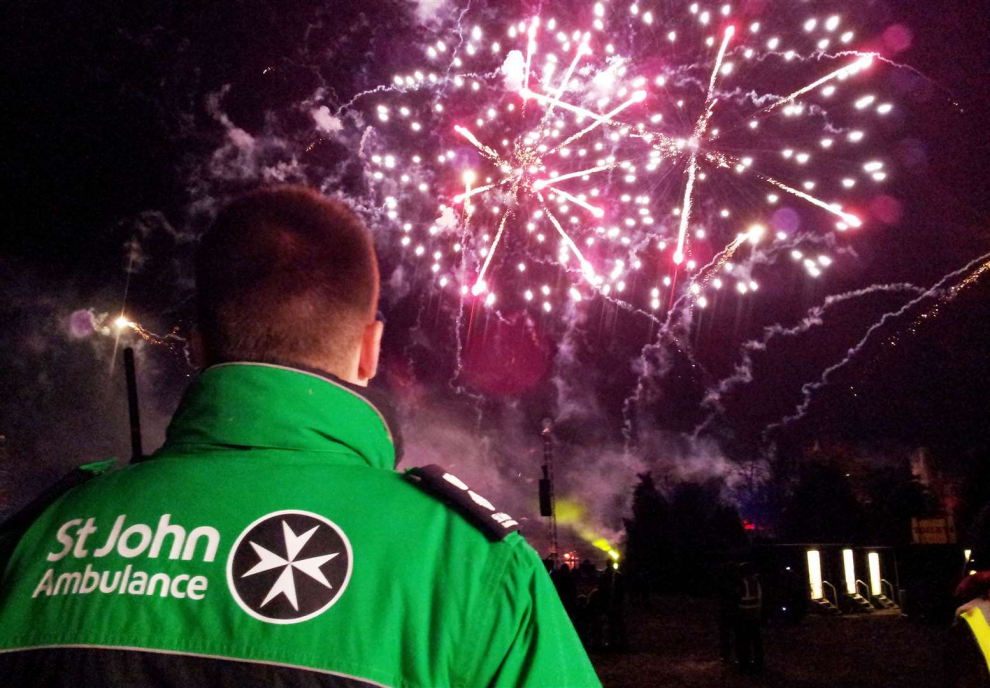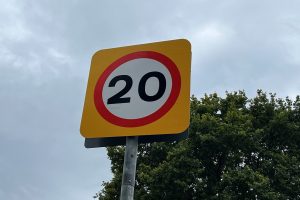WHILE St John Ambulance Cymru volunteers will be busy at small and large-scale firework displays across Wales to ensure people enjoy the festivities safely we understand that lots of people would rather hold their own private displays. Data from the Children’s Burns Trus
t shows that fireworks are amongst the top causes of burns in children which has prompted St John Ambulance Cymru to issue our top tips for staying safe this Bonfire Night.
St John’s said: “If you’re having a private display at home our first tip is to make sure your environment is safe and you’ve brushed up on your firework safety. Mid and West Wales Fire Service fire brigade will be able to provide you some advice.
“You should keep a fully stocked first aid kit nearby, hopefully you won’t need to use it, but it should be easy to access if an accident happens. Ideally your first aid kit should include a minimum of plasters, sterile dressings of different sizes, including eye pad dressings and burns dressings, alcohol free cleansing wipes, a foil blanket, and some gloves.
“In the event of someone suffering a burn or scald move the person away from the source of heat. If the burn is to a child; larger than your hand; on the face, hands, or feet; you you should attend your nearest Accident and Emergency Unit or call 999.
“You should then place the burn or scald under cool running water for a minimum of 20 minutes. If water is not available, any cold, harmless liquid, such as milk or canned drinks, can be used. Don’t use creams or oils, they can make the injury worse.”
You should gently remove any constricting clothing or jewellery before the injured area begins to swell, but don’t remove clothing if it has stuck to the burn. If blisters begin to form avoid popping them.
Once cool, cover the burn loosely with kitchen film or place a clean plastic bag over a foot or hand. Apply lengthways, not around the limb, because the injured area may swell. If you do not have kitchen film, use a sterile dressing or a non-fluffy pad and bandage. You should also keep an eye out for the signs and symptoms of shock.
St John Ambulance Cymru, Chief Volunteer Richard Paskell, said: “It’s estimated that each year around 1,000 people visit A&E for treatment of a firework-related injury in the four weeks around November 5th. We want people to enjoy themselves, but we also want to make sure that they stay safe.
Every year our volunteers provide first aid cover for members of the public who want to celebrate Bonfire Night at major events in their communities.
Whilst the preference would always be for people to enjoy fireworks at organised events, we want to make sure that families having bonfire parties at home have the knowledge and confidence to act quickly should an accident happen. This can make a huge difference to the severity and lasting impact of an injury.”



















